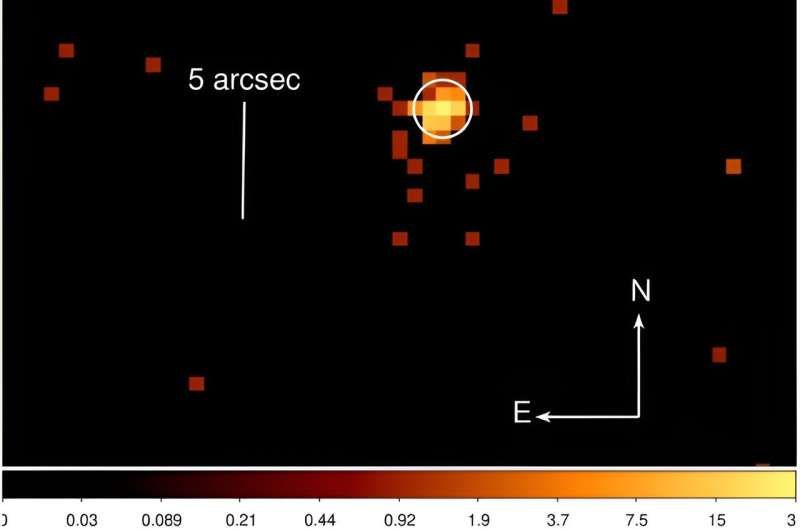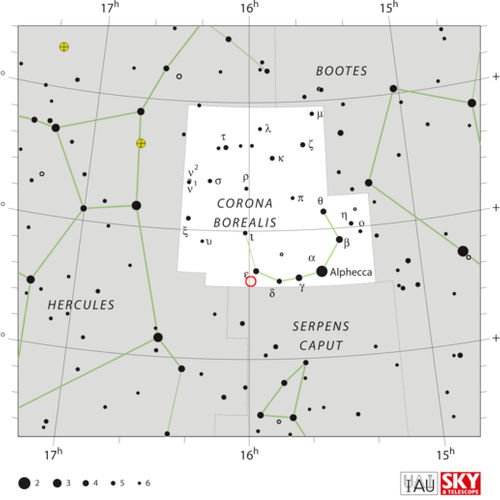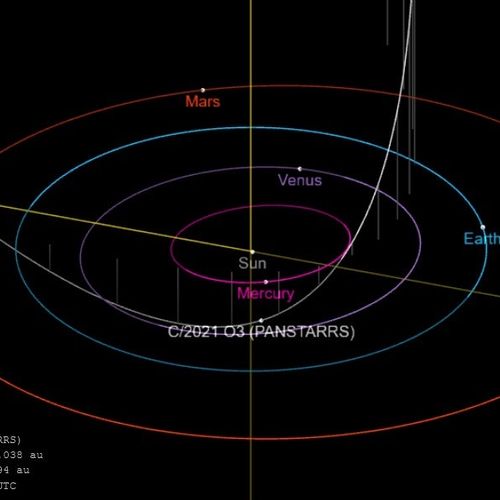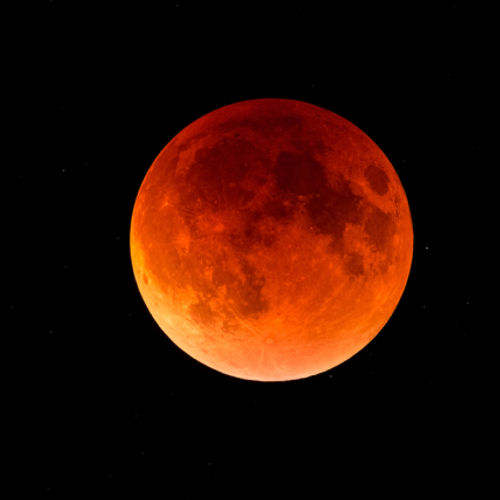
| Added | Sat, 03/02/2024 |
| Источники | |
| Дата публикации | Sat, 03/02/2024
|
| Версии |
An international group of astronomers has revealed the supposed nature of the mysterious cosmic radiation source of very high energy 2FHL J1745.1-3035, which can be generated by pulsar wind. The results of the study are published on the arXiv preprint server.
2FHL J1745.1-3035 (J1745.1), located near the center of the Galaxy, is the second brightest in gamma rays among 12 unexplained sources of very high energy in the second Fermi-LAT (2FHL) catalog. Previous observations have shown that this space object has a hard spectrum in gamma rays above 50 gigaelectronvolts and is a wave emitter with an energy of tetraelectronvolts.
The researchers analyzed archived data from NASA's Chandra and NuSTAR spacecraft, as well as from ESA's XMM-Newton satellite. It turned out that the source in the X-rays looks compact and shows no signs of expansion. Nevertheless, Chandra was able to see that the radiation was coming from a small area measuring five arcseconds.
It is assumed that 2FHL J1745.1-3035 is a powerful pulsar wind nebula (PWN). The stellar wind from the pulsar, consisting of charged particles, collides with the environment surrounding the pulsar, in particular with the slowly expanding remnants of a supernova, as a result of which the entire nebula begins to emit high-energy radiation.
The non-refined image of Chandra ACIS-I 2-7 keV 2FHL J1745.1-3035. Photo: Marchesi et al., 2024
Новости со схожими версиями
Log in or register to post comments









